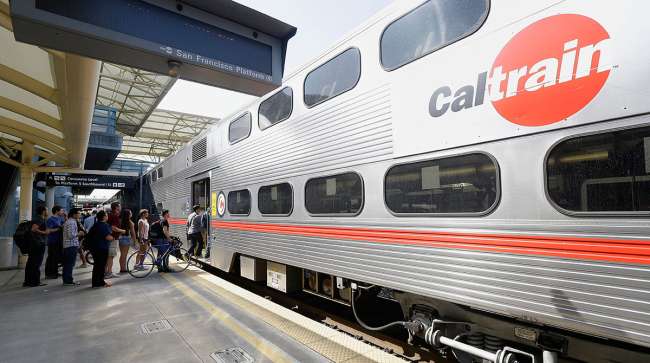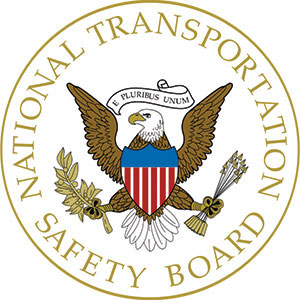Senior Reporter
All Railroads Should Install PTC by Dec. 31 Deadline, NTSB Tells Congress

Equipping the country’s freight and commercial trains with technology designed to automatically slow down or stop trains traveling at dangerous speeds would improve safety, the head of the National Transportation Safety Board told Congress Sept. 13.
Robert Sumwalt, the independent board’s chairman, expressed concern that a significant portion of the country’s railroads, primarily passenger operators, will not meet a Dec. 31 deadline for implementing the positive train control technology.

NTSB “urges swift implementation of the congressional PTC mandate,” Sumwalt told members of the Railroads, Pipelines and Hazardous Materials Subcommittee. “For each day that goes by without PTC, we are at continued risk for another tragic accident.”
In 2015, Congress set the deadline for major freight and commuter rail systems to have fully operational PTC systems by Dec. 31. However, railroads that demonstrate benchmarks in the implementation may qualify for extensions up to the end of 2020.
To be approved for a deadline extension, a railroad would need to demonstrate to the FRA that it has met certain statutory criteria.
FRA administrator Ronald L. Batory emphasized that any railroad that had installed less than 90% of its PTC hardware as of June 30 is deemed “at risk” of failing to qualify for a deadline extension.
Nine railroads have been determined to be “at risk,” the agency said. They are New Mexico Rail Runner Express (Rio Metro), Capital Metropolitan Transportation Authority (CapMetro), New Jersey Transit (NJT), Altamont Corridor Express (ACE), Maryland Area Regional Commuter (MARC), Trinity Railway Express (TRE), South Florida Regional Transportation Authority (Tri-Rail), Peninsula Corridor Joint Powers Board (Caltrain) and Central Florida Rail Corridor (SunRail).

Batory
“Moving forward, FRA will continue to support and facilitate railroads’ implementation of PTC technology by utilizing the tools afforded by Congress and providing extensive technical assistance and guidance to railroads and suppliers,” Batory said. “We remain vigilant in harnessing and leveraging all the personnel, financial and other resources available to help expedite railroads’ implementation efforts.”
On the eve of the hearing, the agency announced a notice of funding opportunity for PTC grants of at least $46 million. Projects eligible for funding include back-office systems, communications and onboard hardware equipment, equipment installation, testing and training for the implementation, and interoperability, the agency noted.
In August, FRA awarded more than $200 million to support 28 projects that aim to deploy PTC systems in 15 states. A grant for up to $29 million was awarded to the Rio Metro Regional Transit District, which operates in central New Mexico.
Subcommittee Chairman Jeff Denham (R-Calif.) expressed optimism about the railroads’ efforts on implementation, noting they had achieved significant improvements in the last year. “While we are seeing progress among a majority of railroads, we want to see everyone meet their requirements,” he said.
Several rail executives have argued that costs related to the application of an intricate communication system have delayed the installation of PTC technology.
After a 2008 passenger-train crash in California, Congress ordered railroads to install the automatic braking system by 2015, before issuing an extension to the end of 2018, with the possibility of a deadline extension through 2020.
According to federal investigators, a December 2017 Amtrak derailment in Washington state that killed three individuals may have been prevented with PTC technology.

